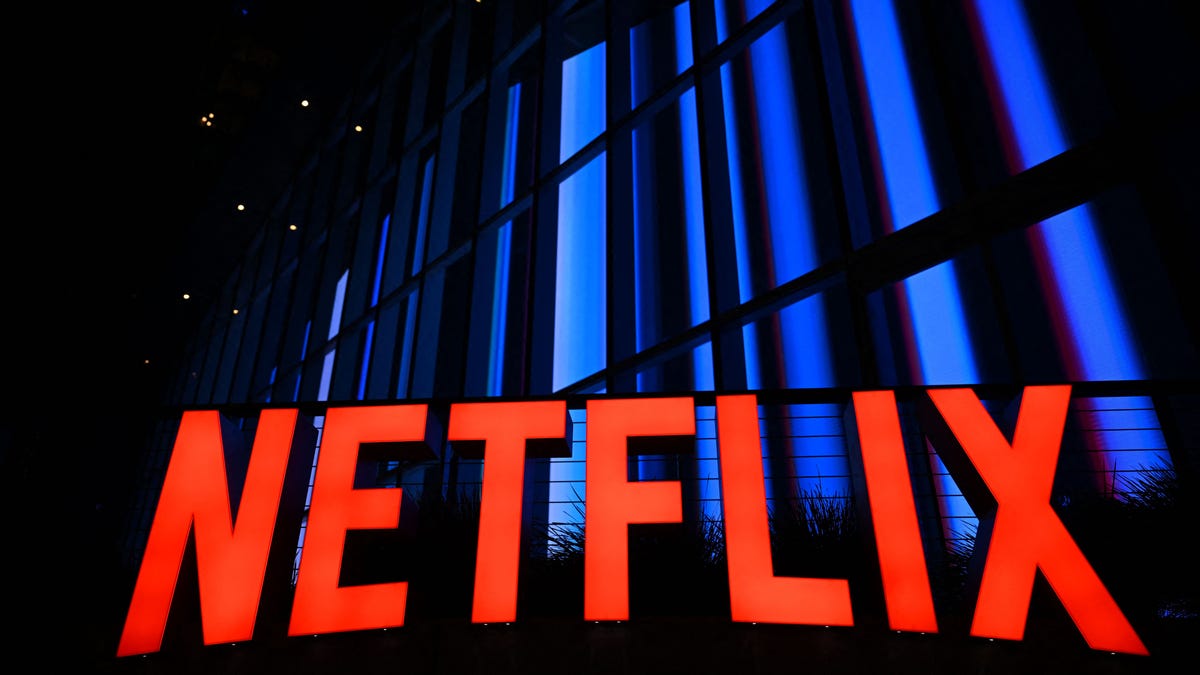- Arvind's Newsletter
- Posts
- Arvind’s Newsletter
Arvind’s Newsletter
Issue No. #1059
1.Mall or airport? Delhi Airport’s non-aero income nearly thrice its aero revenue
According to a Mint report 57% of Delhi airport’s Rs 3,775.3 crore gross revenue till December came from non-aero activities. This includes sales from duty-free, advertisements, retail, food and beverages and cargo. Commercial rentals also contributed a significant portion (Rs 597 crore) to the airport’s revenue, according to the results declared by GMR, India’s largest private airport operator.
What about aero revenues? Only 20% was generated in this category. These are activities related to aircraft operations at an airport, including landing fees, aircraft parking charges, passenger security fees, airline terminal space rentals, and usage fees for gates and services. In other words, this is money tied to the movement of aeroplanes at an airport.
2.Tata Motors targets 30% EV sales by 2030 amid intensifying competition
Electric vehicles (EVs) are projected to account for 20 per cent of overall auto sales by 2030 with the passenger vehicle segment expected to witness the slowest adoption. However, India’s leading EV manufacturer, Tata Motors, is aiming for EVs to make up 30 per cent of its total sales by the end of the decade.
The domestic carmaker has been the highest seller of EVs in India so far, accounting for 62 per cent market share in the EV space. It sold 61,496 electric vehicles (EVs) in 2024 recording an uptick 2 per cent compared to 2023 EV sales.
With the launch of the Hyundai Creta Electric and Maruti Suzuki e-Vitara, Tata Motors will face more intense competition. Kia India is also planning to introduce two new mass-market EVs in India by 2026.
3.Washington DC officials believe there are no survivors after jet carrying 64 people collided with military helicopter
An American Airlines jet and an Army helicopter collided just outside Washington D.C. last night and plunged into the Potomac River.
Sixty-four people were on the plane, which was coming from Wichita, Kan., including US and Russian figure skaters returning from a training camp. The military aircraft carried a crew of three.
Rescuers have found no survivors among the 67 passengers and crew aboard a commercial jet and military helicopter that collided on Wednesday night near Reagan National Airport outside Washington before plunging into the Potomac River.
4.How the US plans to use space lasers to destroy hypersonic missiles: Financial Times
Donald Trump this week ordered work on the most ambitious missile shield in US history, one designed to destroy hypersonic missiles and prevent nuclear annihilation.
The US president dubbed it the “Iron Dome for America” — a nod to Israel’s renowned air defence system. But the vision for Trump’s next-generation system, including space-based lasers, is actually much closer to Ronald Reagan’s so-called Star Wars programme, launched in 1983 at the height of the cold war. Developing a kind of Star Wars 2.0 would cost hundreds of billions of dollars. The technological challenges it faces are immense.
Nuclear experts also warned the initiative could provoke China and Russia to take countermeasures that would nullify its effects. It is partly why the Bulletin of Atomic Scientists moved its “Doomsday clock” one second closer to midnight this week.
5.An asteroid the size of an apartment building is set to possibly collide with Earth in 2032, triggering planetary defense procedures for the first time: New Scientist
The 2024 YR4 asteroid measures 300 feet across — big enough to destroy a city — and has an estimated 1.3% chance of hitting earth. In 2022, a NASA spacecraft successfully redirected an asteroid for the first time, leading protocols for diverting Earth-bound space rocks to be put in place, and 2024 YR4 is being monitored for their potential use.
Separately, scientists studying samples of an asteroid retrieved by a NASA spacecraft revealed they were full of organic molecules in a study published this week, suggesting the materials for life may be more widespread than previously believed.
6.Netflix reigns supreme in streaming.
The media giant has effectively leveraged live events and its growing ad business to stay on top.
Almost 20 years after Netflix (NFLX) debuted its video streaming platform in 2007, the company has been able to maintain — as one Wall Street analyst put it — its “insurmountable lead in the streaming wars.” And that lead is only getting wider.
Despite facing more competition than ever, Netflix recently reported its biggest growth in subscribers. The streaming giant said its paid memberships rose by 19 million in the fourth quarter of 2024, bringing its total memberships to almost 302 million, globally. Additionally, its yearly revenue grew 16% to $39 billion last year. The news left investors happy, resulting in Netflix stock reaching an all-time high this month.
And the media giant believes it still has a lot of room to grow.
7.Government incentives aimed at boosting birth rates are largely failing.
China, Hungary, Denmark, and Japan have all thrown money at the problem, offering hard cash, tax credits, and even matchmaking services. But the efforts are falling short, the Financial Times reported. Part of the problem is that researchers don’t really know why birth rates are in freefall around the world. But even as direct incentives falter, broader social changes could help avert demographic collapse experts said: South Korea’s rates, for example, might be even worse if not for expanded state childcare and housing assistance. One Finnish official, meanwhile, said public services like libraries and pools may be more effective than money in encouraging births.
8.How the internet fell in love with capybaras: New Yorker
The world’s largest rodent is a social media sensation.
It’s not hard to understand why capys have a cultlike following on Instagram and TikTok.
The unreality of the capybara is partly responsible for its cultlike following. The past years have seen the rise of capybara TikTok and Instagram. If you have been following the beast on your socials, you might know that capybaras get hiccups; that they carry large oranges and yuzu on their heads; that they allow birds to eat the schmutz out of their fur, which brings them almost orgiastic levels of delight; that they try to help injured corgis escape from their protective cones; that they cuddle with monkeys and lick baby kangaroos; that a group of them adopted a cat named Oyen into their social group at a Japanese zoo. You might have heard the catchy anthem of the capybara, which consists mostly of “ca-py-ba-ra” sung in sultry and tropical tones, along with some Russian lyrics too ridiculous to print (the song was written by a random guy from Moscow).






